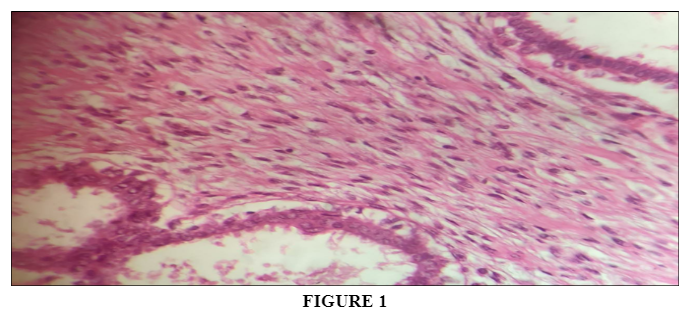APA
Prashar, P., Thakur, V., Bhanu Bhardwaj, B., Thakur, A., Pandey, A. & Sharma, H. (2023). Unveiling the Shadows: Assessing Colorectal Cancer Awareness and Knowledge Amongst the Residents of District Kangra, Himachal Pradesh. Himalayan Journal of Applied Medical Sciences and Research, 4(2), 1-4.
MLA
Prashar, Pratibha, et al. "Unveiling the Shadows: Assessing Colorectal Cancer Awareness and Knowledge Amongst the Residents of District Kangra, Himachal Pradesh." Himalayan Journal of Applied Medical Sciences and Research 4.2 (2023): 1-4.
Chicago
Prashar, Pratibha, Vandana Thakur, Brish Bhanu Bhardwaj, Anupam Thakur, Ankita Pandey and Hardik Sharma. "Unveiling the Shadows: Assessing Colorectal Cancer Awareness and Knowledge Amongst the Residents of District Kangra, Himachal Pradesh." Himalayan Journal of Applied Medical Sciences and Research 4, no. 2 (2023): 1-4.
Harvard
Prashar, P., Thakur, V., Bhanu Bhardwaj, B., Thakur, A., Pandey, A. and Sharma, H. (2023) 'Unveiling the Shadows: Assessing Colorectal Cancer Awareness and Knowledge Amongst the Residents of District Kangra, Himachal Pradesh' Himalayan Journal of Applied Medical Sciences and Research 4(2), pp. 1-4.
Vancouver
Prashar P, Thakur V, Bhanu Bhardwaj B, Thakur A, Pandey A, Sharma H. Unveiling the Shadows: Assessing Colorectal Cancer Awareness and Knowledge Amongst the Residents of District Kangra, Himachal Pradesh. Himalayan Journal of Applied Medical Sciences and Research. 2023 Jul;4(2):1-4.



